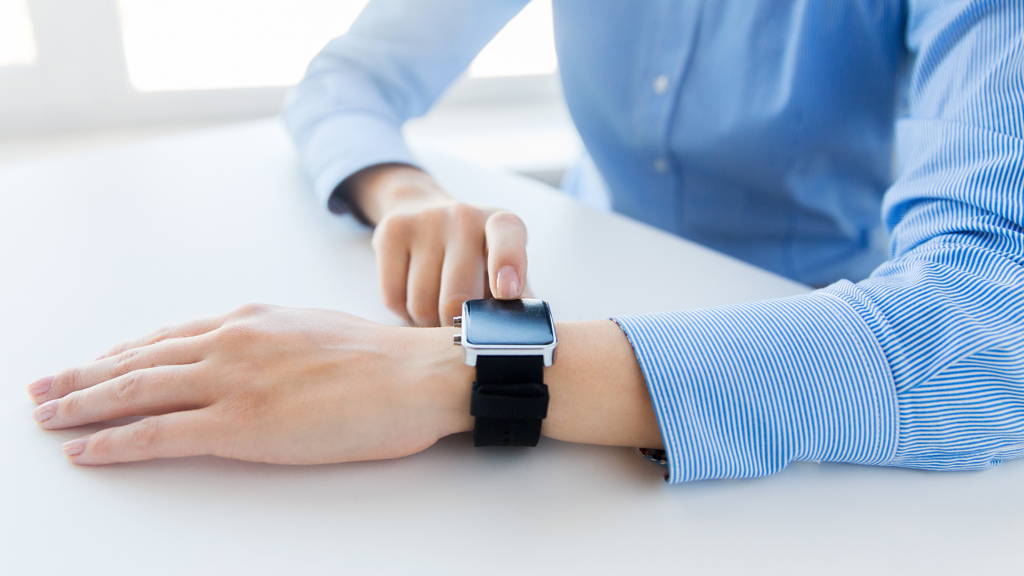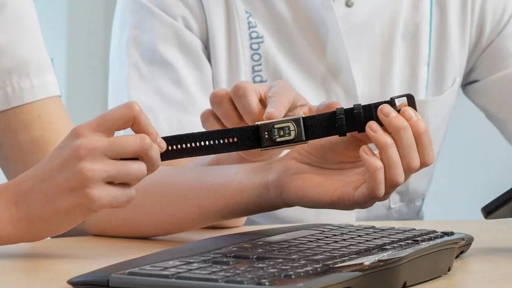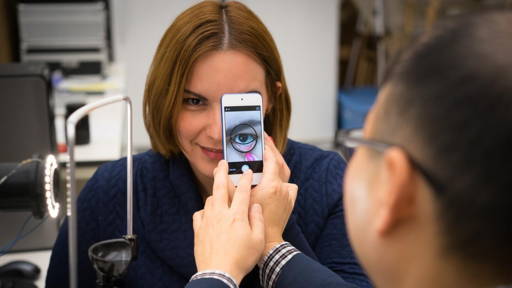Wearables black and gray market
Type "smartwatch blood sugar" into the search field on the popular online retail service AliExpress, and you'll find dozens of results featuring no-name smartwatches. These high-tech-looking gadgets typically cost around 50 euros, have no recognizable brand, and are manufactured in China. They claim to measure health parameters established wearable device makers like Apple, Samsung, and Huawei can only dream about: blood pressure and blood glucose levels, including parameters like blood lipid, blood fat (cholesterol), and uric acid.
Some of these smartwatches even offer features like "laser pulse therapy" or "A.I. medical diagnosis," and many are advertised as "medical grade." However, this information is often conveyed solely through images, lacking detailed descriptions, likely to evade detection by online marketplaces or regulatory bodies. For instance, the smartwatch manufacturer "Sangao Laser Physiotherapy Health Watch" boldly claims, "Accurate measurement of blood sugar values without the need for blood!"
Despite the lack of substantiated evidence, many people are drawn to these products. On AliExpress, some glucose monitoring smartwatches are sold in hundreds of units, while user testimonials – whether genuine or not – rarely mention inaccuracies in measurements. The sellers of such devices exploit the desire for convenient glucose monitoring. According to the World Health Organization, an estimated 422 million people worldwide have diabetes, many of whom eagerly anticipate a day when they no longer need to prick their fingers daily for blood sampling to manage their condition.
These are toys, not trusted devices
Also, the U.S. Food and Drug Administration (FDA) is alarmed. At the end of February, the agency issued a safety communication with a clear message: Do not use smartwatches or smart rings to measure blood glucose levels. The FDA "has not authorized, cleared, or approved any smartwatch or ring intended to measure or estimate blood glucose values on its own." Nor does any such product comply with European health, safety, and environmental protection standards (CE marking).
"For people with diabetes, inaccurate blood glucose measurements can lead to errors in diabetes management, including taking the wrong dose of insulin, sulfonylureas, or other medications that can rapidly lower blood glucose. Taking too much of these medications can quickly lead to dangerously low glucose, leading to mental confusion, coma, or death within hours of the error," according to the FDA.
Regardless, the internet is flooded with devices that promise a non-invasive way to monitor diabetes. They are most often manufactured in China, and although certified as medical devices, their manufacturers advertise them as a breakthrough alternative to traditional measurement methods, intentionally misleading unaware consumers by tempting them with the possibility of abandoning traditional glucometers.
Prick the finger or pierce the skin. There is no other way yet
Although medical device manufacturers and big tech companies have been striving to develop non-invasive blood glucose parameters for several years, they have yet to achieve the clinical-grade accuracy regulators require. Currently, there are two methods of monitoring blood sugar levels:
- Traditional glucometers require puncturing a fingertip and taking a drop of blood, which is then applied to a strip test inserted into the measuring device.
- Continuous Glucose Monitoring systems consist of coin-shaped sensors with microneedles placed on the forearm (such as Abbott's Freestyle Libre). They are adhered to the skin and measure glucose levels continuously. After around two weeks, the sensor should be replaced.
Both solutions can send the results to an integrated app. However, the device, not the app, performs the measurements. The FDA's safety communication advises doctors to caution patients against using unauthorized blood glucose measuring devices.
Controlling the market for such misleading innovations is challenging. The FDA declares that it "routinely monitors the medical device market." Some online sales portals block the possibility of selling them. For example, you won't find them on Amazon. Once banned, the sellers reappear elsewhere under a new name. Besides, AliExpress – where we found such products – is an online retail service based in China but ships its products internationally.
A bug among good tech
But one would be mistaken to think that such technology, pretending to be medical devices, can only be found online. At CES 2024 – the leading consumer electronics showcase – among hundreds of innovations for health and well-being, Chinese company Umeox unveiled Xring, a smart ring advertised as "Painless Blood Glucose Tracking with A.I. and Light."
Many innovations exhibited at CES are on the border between medical devices and well-being/lifestyle technologies. The "gray zone" in which many innovators are developing their tech solutions is booming: no strict conditions are required for medical devices, but there is a growing consumer market of empowered individuals who want to take control of their health.
The manufacturer of Xring declares that "the Xring disrupts this routine with its built-in, non-invasive blood glucose monitoring system. The Xring leverages A.I. and photoplethysmography (PPG) sensors to non-invasively monitor blood sugar levels through skin light absorption." However, there are no certificates, no details on accuracy or clinical trials, and no response after we submitted questions regarding evidence of device accuracy and safety of use.
"The breakthrough not only empowers diabetics with enhanced control but also envisions a future free from the inconvenience of needles," according to the press release launched for CES.
But it's not CES and similar shows to blame for exhibiting such innovations – verifying all the technologies presented is impossible. In 2024, CES hosted 4,300 U.S. global and non-U.S. companies, 40% of which were from outside the U.S. According to the response we received from CES, "shown products are often prototypes and not necessarily designed or intended for sale in the U.S. Some products, services, innovations, and ideas showcased at CES are not available to the public."
In Europe, no central agency is responsible for regulating such devices. The European Medicines Agency (EMA) controls only medicines assessed via the E.U. centralized procedure. In practice, it should be national medicines agencies, but they don't even have this issue on the radar, being focused solely on classical medical devices.
This example illustrates that the emerging gray area between new lifestyle technologies and medical devices can be dangerous for consumers who don't yet have the digital literacy to distinguish trusted technologies from worthless gadgets.







